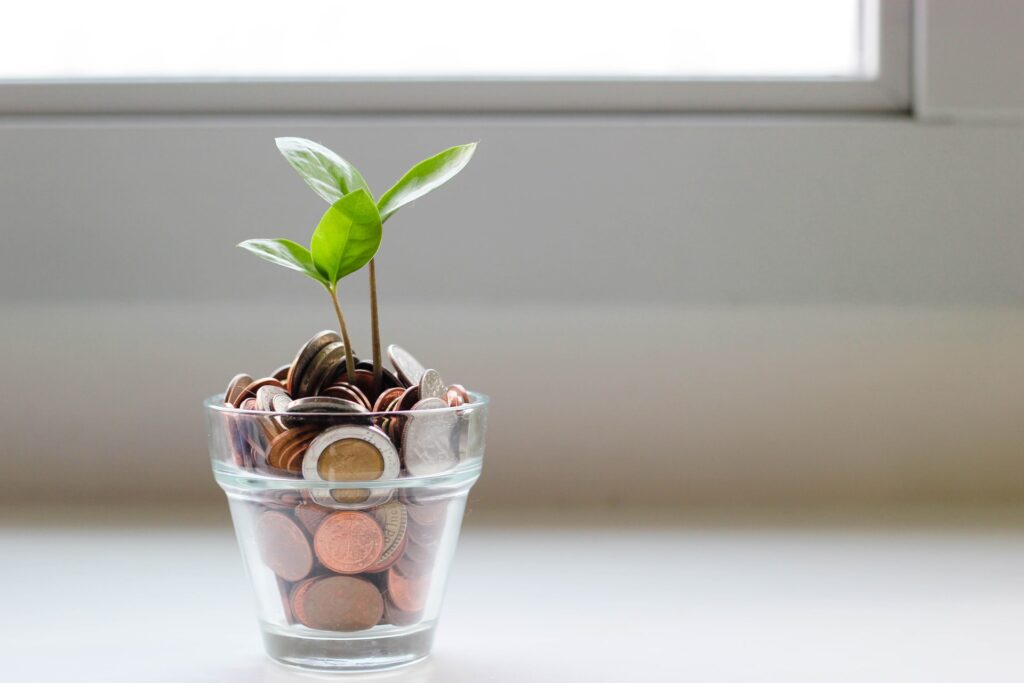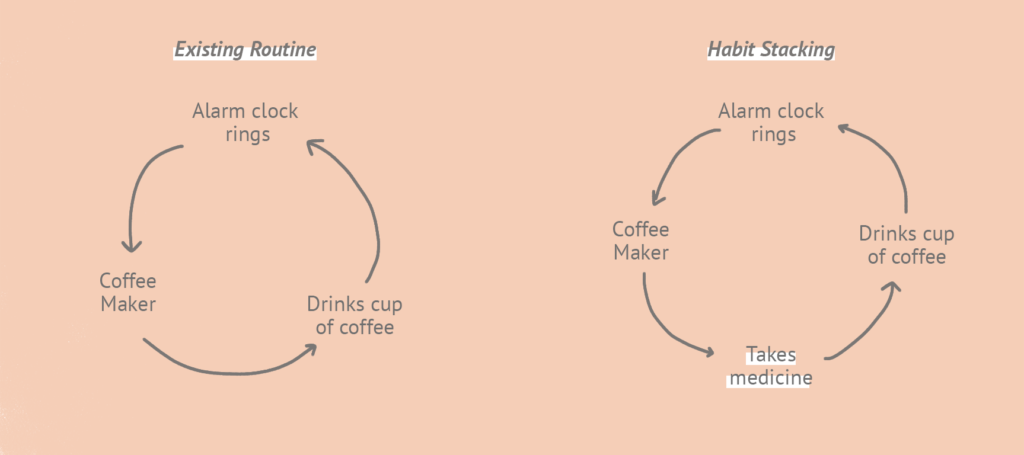How to save the planet and actually take care of your wallet simultaneously.
More often than not we want to do the right thing. Who doesn’t want to save the planet?
We all hear about climate change and polar bears struggling and we wish we could help. However, we think it would be too expensive to do anything or that we’ll do it later when we have the money for it.
I want to show you here how you can both save the planet and your wallet. It’s not a matter we can postpone any longer, plus it’s a great way to save money at the same time.

1. Get a Reusable Version
Our society progressively went from having several hundreds-year-old belongings, making its way through many generations from parents to children, to using items for a few seconds, and then discarding it. All in the name of convenience.
The industrial age is blamed for creating disposable products and polluting our planet.
And while that’s true, it also enabled millions of people to better their quality of life. They could now afford cheaper versions of something that used to be inaccessible.
Unfortunately, this process has also made us forget how to care for our stuff and utilise reusable products that were once the norm.
The zero-waste movement has rekindled our ability to think differently and learn new ways to do our most common tasks.
Here are a few examples of items you can replace with a sustainable version to save the planet.
- Grocery bags and produce bags
- Straws if you can’t do without, I just stopped using them altogether
- Travel mug and bottle
- Menstrual cup and pads
- A teapot or a tea ball
- A French press or an Italian coffee maker (instead of using a machine with disposable pods)
- Cloths and towels instead of paper towel and disposable napkins
- A set of reusable cutlery
- Reusable food wraps
2. Habit Stacking to Stick with Good Intentions
We all heard before to bring reusable bags to the supermarket. Some of us might even have bought nice-looking bags to motivate us to use them instead of evil plastic bags. But times and times again we find ourselves at checkout with all our good intentions and no reusable bag.
We often know what to do, but we sometimes lack the proper process to implement our grand ideas to save the planet. So how do you switch from an intention to an automatic action?
An attempt at solving your issue is habit stacking.
I first heard about habit stacking when I read “Atomic Habits” by James Clear. The concept is to use a habit you’re already doing to turn the desired behaviour into a routine.
Here’s an example to shed some light on the method. Imagine you have a daily medication you have to take every day in the morning. You’ve had it for a few days but you already skipped some doses because you forgot to take it. Maybe they’re currently sitting on a shelf in your kitchen, but you rarely open that cupboard on a regular basis.
In this situation, the desired behaviour is to take the recommended dose of medication every day in the morning. Now habit stacking tells you to put your medication next to something you reach for every single morning. For example, instead of hiding it away in a cupboard, you can put your medication next to your toothbrush or on top of your coffee jar, if those are actions you routinely do in the morning.
The next day when you wake up and reach for your coffee, you’ll have to physically take into your hand your medication to get to your drink. And once it’s in your hand you can’t forget it.

But how do you apply this strategy with your reusable bags, cup, or bottle?
It’s going to be different for everyone as no two people have the exact same routine.
Think about the sequence of actions you do when going to the supermarket.
Maybe you always write down your grocery list on the same notebook and reach for it right before heading out. In this case, put your reusable bags next to your grocery list so you can’t miss them when you grab your list.
The same goes for a reusable cup or bottle. If you want to bring a reusable cup for your coffee run in the morning on your way to work, think about your routine in the morning before heading out the door.
Perhaps you bring your lunch box every day and can put your cup on top of your box.
The key is to make it inevitable.
3. Have a Meat-Free Day to save the Planet
I don’t believe everyone is cut out to be vegan or vegetarian.
However, we all know that the animal product food industry pollutes more than any other industry.
Therefore, if you’re someone that eats bacon and sausages for breakfast, a hamburger for lunch, and a steak for dinner, try one meat-free day a week.
You’ll save money as meat is the most expensive food. Your body will probably enjoy it as too much red meat is not recommended.
And the impact on the environment will be incredible. You can actually calculate the impact of meat-eating and the savings you make if you substitute some of your meals.
Here is the calculator: https://www.blitzresults.com/en/meat/
Again, I don’t want people to feel pressured to give up meat completely.
I believe everyone is on their journey and we should only aim for our best at any given time.
If you don’t see yourself having one complete day without meat, maybe you can spread it out throughout the week. Or you can also start learning new recipes that don’t include meat to make it fun.
For example, if you eat bacon every single day for breakfast, you can add other recipes to your repertoire and rotate between them. Try to keep it enjoyable and interesting.
4. Don’t Waste Food
How many of us bought food to try something new, didn’t know how to cook it, and left it in the fridge until it was rotten? Or bought an ingredient for a specific recipe, used a small amount for the recipe, and then didn’t use the rest? Or had a fridge so packed you couldn’t see anything and forgot about some food until it was too late?
We’ve all been there. But food waste is terrible for the environment and your bank account, as you’re literally buying items to throw them out.
Food waste is the equivalent of throwing your bills in the trash, with the extra step of taking up space in your kitchen.
Here’s how you can avoid waste as much as possible:
- Don’t bite more than you can chew. If you constantly end up with wasted food every week, maybe start by buying less of it. You’ll have a better view of your food in the fridge and you’ll use things up.
- Meal plan in a smart way. You don’t have to plan 7 different fancy breakfasts, lunches, and dinners. You can have staple recipes or recipes that use a few similar ingredients. If one recipe calls for half an onion and another recipe requires half an onion, you still end up buying one onion, but you kill two birds with one stone.
- Use the FIFO method: First In, First Out. That’s a well-used method in the food industry. If you bought two yogurt jars you’ll start with the oldest one. It also works with ingredients that aren’t the same but can substitute each other. For example, if your recipe calls for a courgette, but you know that in your fridge is sitting a lonely bell pepper, you can use it. Be creative.
- Stay on top of your fridge game. Know what food you have and how it’s looking. That way you can prioritise making certain recipes if you know the ingredients you have are past their prime.
- Use food differently. If you have bananas that are getting a tad too brown for your liking, make banana bread. Ripe bananas are perfect for it. Or you might have tomatoes getting a bit too soft to enjoy in a salad, but they’re ideal to make tomato sauce.
5. Be Intentional with Your Driving
First, start by questioning your car ownership. Cars are such a big expense to start with but to maintain as well, with fuel, repairs, insurance, and credits. Do you really need a car?
I know it’s harder in the US to move around without a car, in Europe or in big cities all over the globe, it’s usually easy to get around if you’re in the city centre or close to public transport.
So honestly evaluate your car needs, do you have to drive every day to commute to work or can you ride the bus? Does your household require two cars or could it actually do with one?
After consideration, if you decide you absolutely need a car, try to use it less.
If you’re going somewhere close by, don’t just hop into the car, try to walk or cycle there.
If your colleague lives nearby and is on the same schedule, consider carpooling.
Do you really need to drive to the supermarket or can you have your food delivered?
In this case, you might say what’s the difference between you driving there and the shop truck driving to your place. The courier will have more than one house on their itinerary, making it more efficient than each household going grocery shopping in their car.
You’ll save time, money, and the environment.



